AI Trading Strategy: How It’s Impacting Financial Markets in 2025
Introduction
In the ever-evolving sphere of finance, the adoption of AI technology is vital. To analyze information for forecasting the trends in a particular market, AI trading strategies are being used, as well as in executing trades at lightning speed. In 2025, these strategies will be helpful not only in achieving efficient returns, but also mitigating risks associated with it. The aim of this article is to define and discuss the use, advantages, risks, ethical challenges, and the prospective future of AI trading strategies, covering all their essence in relation to the financial markets.
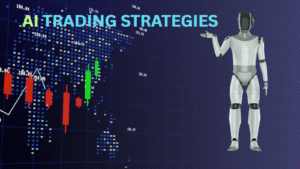
AI Trading Strategy’s Definition
The term AI trading strategy refers to the strategy that involves an application of AI, machine learning, and predictive analytics for the automation of the decision making process related to trading. The strategy relies on data such as market prices, news, and social media, both real time and historical in nature, circumventing traditional methods which heavily focus on hunches issued by individuals. AI can, for example, identify correlations in the figures that are exchanged or in the price movements in two or more stocks taking place in the market which other traders may miss. AI trading strategies utilize adaptive algorithms, allowing decisions to be made due to precision computation, an increasing pillar in finances.
Branches of AI Trading Strategy
There are a number of different AI trading strategies and all of them are associated with some features of the market:
Predictive Modeling
It uses the historical data to predict prospective value of the assets.
Sentiment Analysis
Studies the news and social media to evaluate the sentiment of the market.
Arbitrage
Makes profit while observing different markets simultaneously due to their varying prices.
High-Frequency Trading (HFT)
Takes advantage of minute price differences by executing thousands of trades every second.
Portfolio Management
Adjusts and optimizes the allocation of assets based on the set risk profile and current market situation.
These all serve different trading priorities such as short-term profit realization or long-term portfolio enhancement.
Real-World Applications
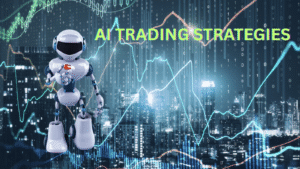
From institutions down to individual traders, trading with AI systems is changing the finance world. Complex strategies across different asset classes are executed using AI by influential firms like Jane Street Capital. Automated financial planning done by Betterment and Wealthfront serves as an example of robo-advisors powered by AI. High-frequency trading firms use AI to execute trades at a rate of thousands per second, taking advantage of fleeting price differences. AI also assists in risk management by spotting irregularities and potential market threats, providing stronger trading systems.
Benefits of AI Trading Strategies
AI trading strategies are considered to have great advantages, establishing them as crucial in this era of finance:
AI Trading Strategies Benefits
Speed and Efficiency: Milisecond data processing by AI enables swift execution of trades.
Accuracy: Errors made by humans are greatly decreased due to sharp pattern recognition done by advanced algorithms.
24/7 Operation: Global opportunities in the market can be taken at any time due to AI systems trading round the clock.
Cost Savings: Reduced costs tied to operations and improved scalability due to automation.
Algorithmic traders have reported an increase in productivity of 10%. That, along with the other benefits provided, motivates algorithm adoption (Built In).
Risks of AI Trading Strategies
AI trading strategies may have important advantages, but also come with considerable risks:
Technical Issues
Major financial losses can result from system outages or bugs.
Excessive Tuning
Failure in novel environments may accompany strategies that are too finely tuned to historical data.
Unknown Enforcement
Explainability gaps raise questions of accountability with complex AI systems.
Market Swings
Similar algorithms used by traders can worsen volatile market conditions.
Additional human supervision alongside a robust risk strategy is necessary to mitigate these risks.
Ethical Concerns
Trading powered by AI introduces some ethical issues:
Responsibility and Answerability
Due to the performance of the trading algorithm, stakeholders cannot easily ascertain who is responsible for specific trades and decisions (Medium).
Fairness
Asset or a group of people who undergo discriminated biased practices can incur loss due to unfair and unequal treatment practices resulting from uneven training data.
Job Displacement
Economic stability can be hindered by automation’s impact on traditional trading roles, adding a layer of complexity to job reduction.
Market Manipulation
Deceiving traders, AI might artificially manipulate assets and create phony price movements.
These ethical concerns highlight the responsible use of technology as needing clear boundaries and rules, along with bias oversight.
Case Study: The 2010 Flash Crash
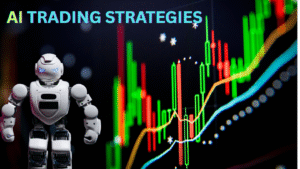
The event known as Flash Crash is when the Dow Jones Industrial Average dropped nearly 1,000 points within a span of minutes on May 6th of 2010. It is assumed that high frequency trading algorithms contributed to this volatility which could destabilize markets (if driven by AI with no planning/systematic controls in pace). Without adequate safeguards and strong oversight, markets are bound to be at risk.
Further Ahead
Anticipated improvements in natural language processing and deep learning should enhance predictive capabilities. This brings promising prospects for AI trading strategies. Adoption is expected to spike, which in turn, means that the global AI trading market will expand significantly (from $18.2 billion in 2023 to almost triple by the year of 2033). Business insider quoted billionaire Ray Dalio who said, “It’s going to be fabulous—well fabulous and dangerous” which depicts the dual edged risk and potential. Primary concerns center around transparency, bias, as well as stability of the market which all require independent regulations.
Conclusion
AI powered trading systems are transforming the financial markets with unparalleled agility, precision, and efficiency. However, AI’s risks concerning technical failures, opacity, a transparent lack of disclosure, and social negligence demand to be managed appropriately. Along with the evolution of AI in the finance world, there will need to be balance and cooperation among traders, designers, and policymakers to mitigate its effects while sustaining the orderly functioning of the market. AI powered trading systems have the potential to sustainably advance market growth in 2025 and afterwards if responsibility is balanced with innovation.
Call to Action
Learn today how AI powered trading systems can improve your investment outcomes in 2025. Leverage AI powered systems and get an edge in the competitive industry of finance.
Key Citations:
- AI Trading: How AI Is Used in Stock Trading
- 10 Tips for Using AI in Your Stock Trading Strategy
- The Ethical Dilemmas of AI-Powered Trading
- Ray Dalio on AI’s Fabulous and Dangerous Potential
- Betterment: Automated Investing and Financial Planning
- /galaxy-s26-gets-smarter-samsung-taps-perplexity-ai-for-future-phones/
- /nintendo-switch-2-release-date-price-and-features/
- /playstation-state-of-play-june-2025-what-you-should-prepare-for/
- /nintendo-switch-2-at-walmart-here-is-how-you-can-pre-order-it/
- /apple-ios-26-expected-features-after-the-upcoming-announcement/
- /nintendo-switch-2/
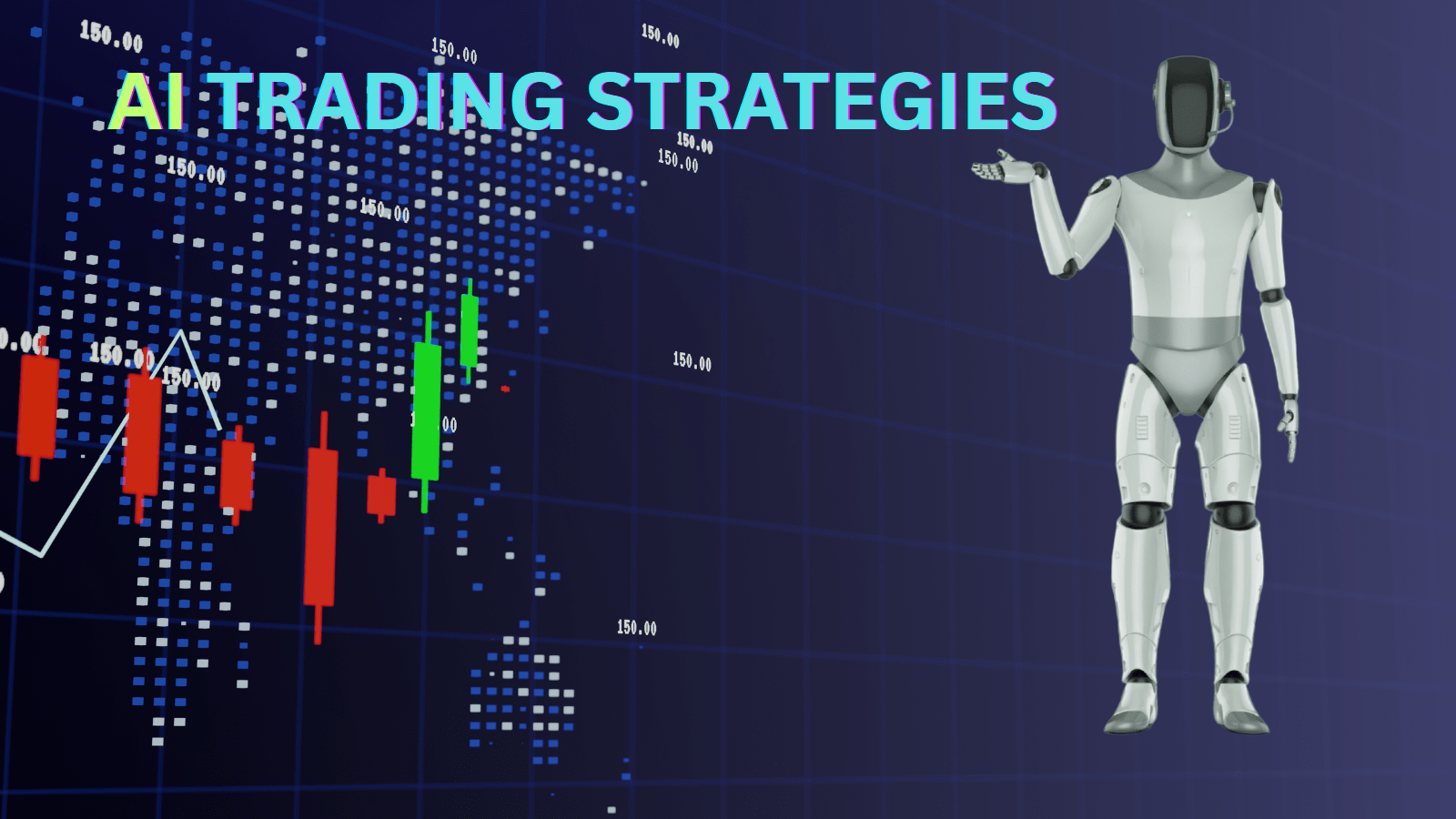
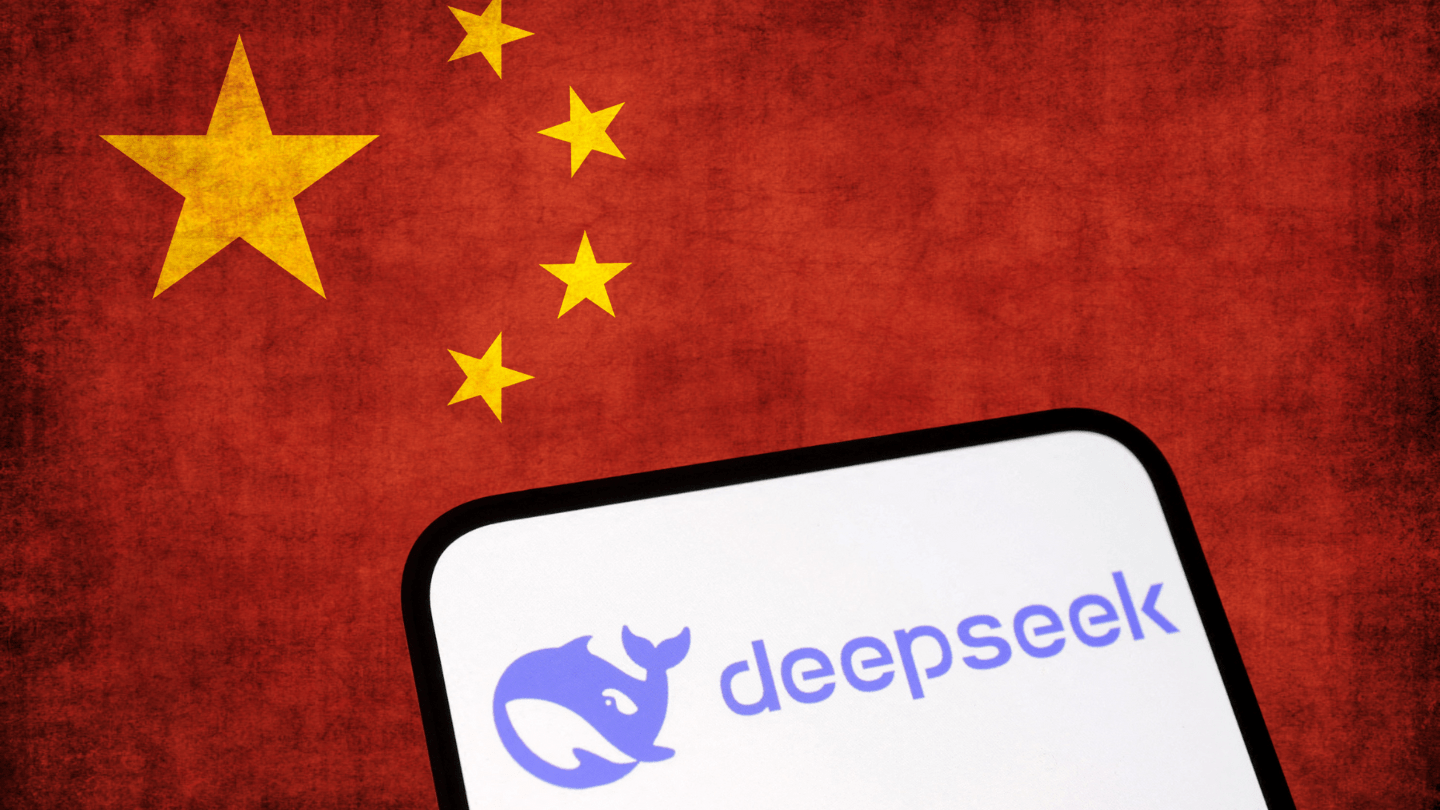












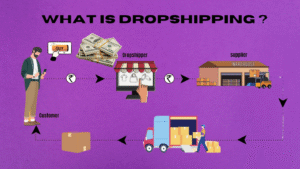

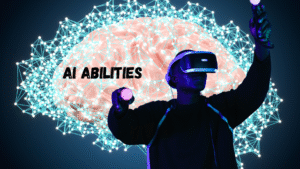


Post Comment